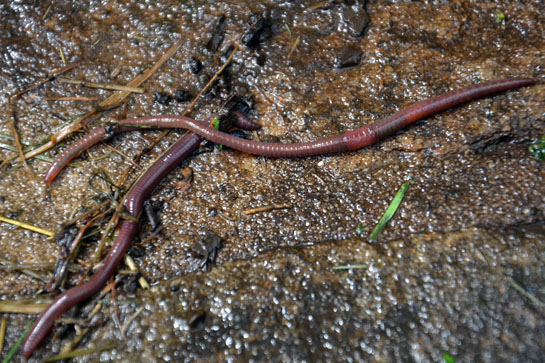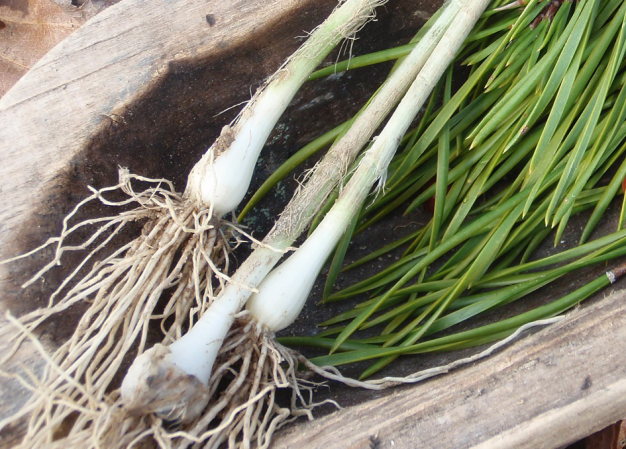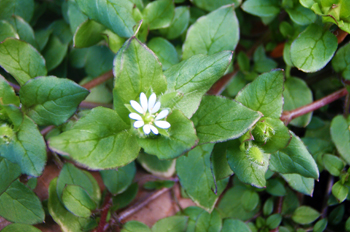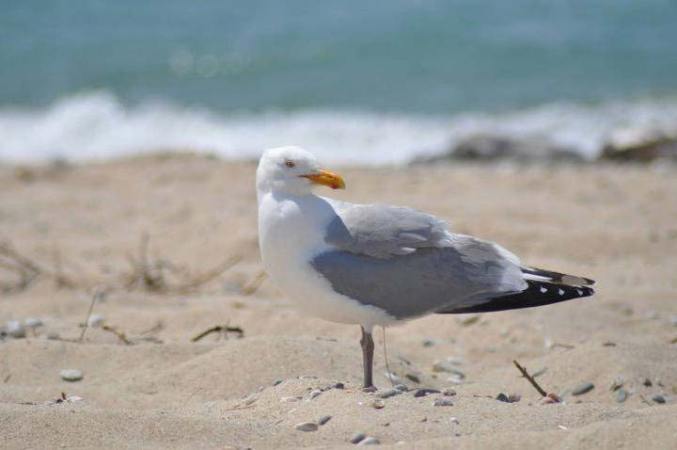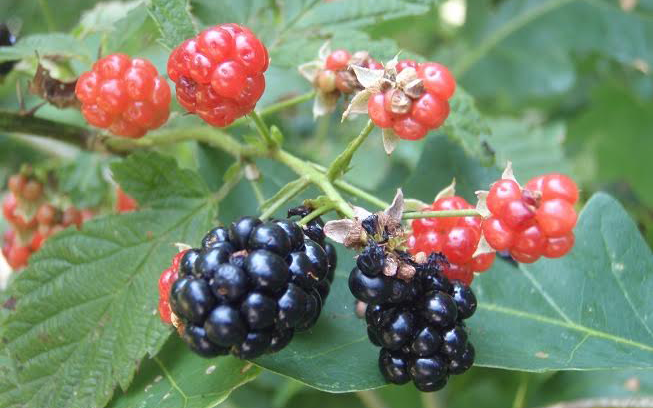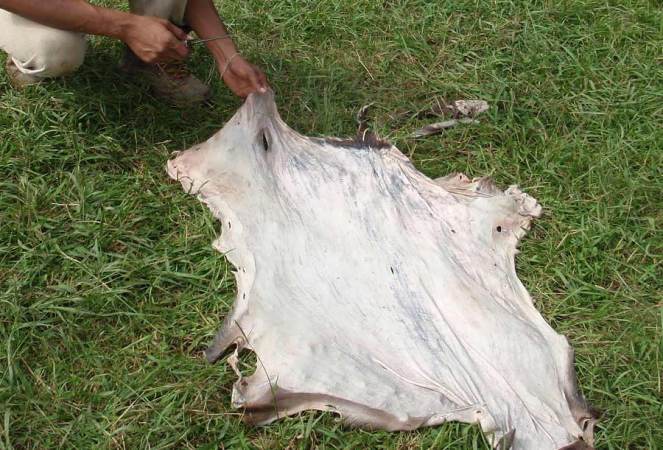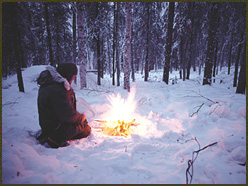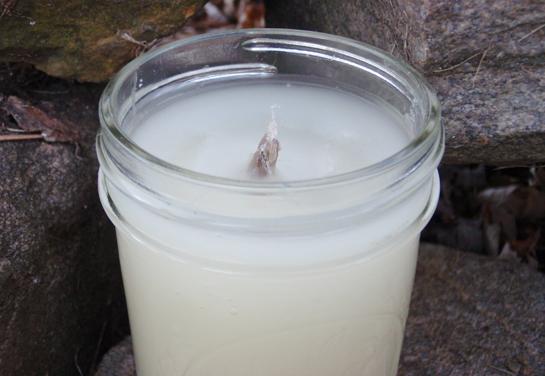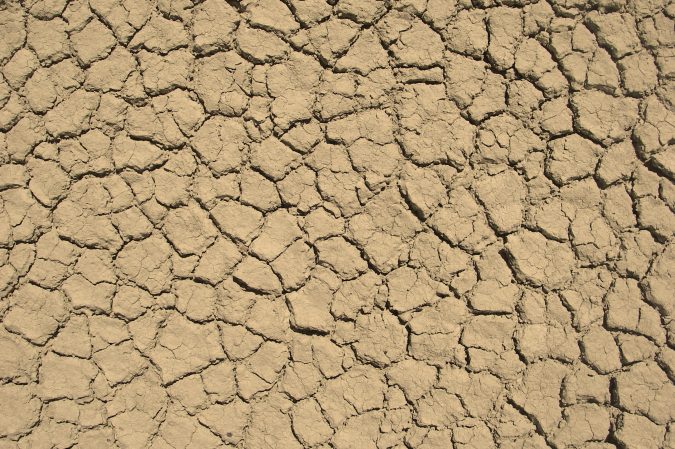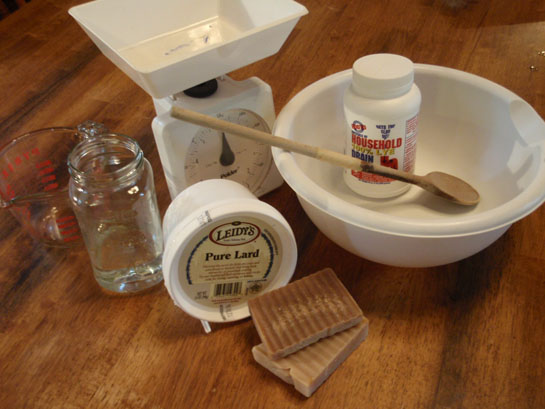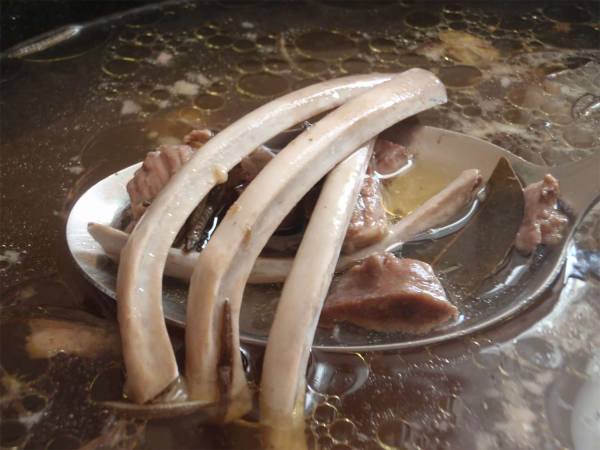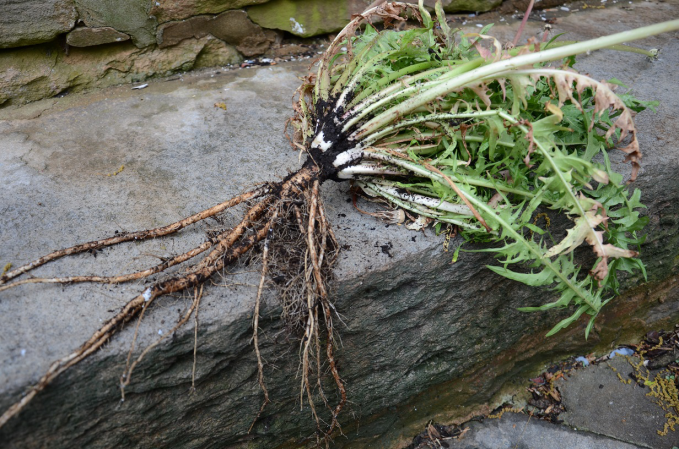If calories are equal to survival, and fat is the densest form of calories, then wouldn’t it make sense that survival equals fat? I know my math is a little bit murky, but those of you who know the value of bacon grease, bear fat, and pure unadulterated lard can surely see the importance of preserving a fat resource for both survival food and practical uses.
Fat is a little tricky to keep on hand, especially in a raw state when the temperature is above freezing. It goes bad fairly quick. So our ancestors (and plenty of modern folks) found a way to store fat at room temperature without it spoiling too quickly. Enter the solution of rendering.
Unlike jerky production, which involves the drying of raw animal meat – in rendering, you will cook the fatty animal tissues for a long time at low temperatures, and finally filter the fat before storage.
At home, a crock pot will suffice, as it can simmer at a low and steady temperature for several hours uninterrupted. In the backwoods however, rending over a fire can be a lot trickier, though it is worth the trouble. Ideally, to render fat, you’ll cut up animal fat into one-inch cubes, removing all visible meat, veins, and non-fatty tissue. You just want animal’s fat. Drop these into a pot with a few inches of water in the bottom.
Bring the fat and water mixture to a low simmer, trying to stay under 150 degrees. If the water starts to boil, the fat will probably burn. Keep the fat pieces simmering for several hours (3-5 hours, depending on the amount of fat). When it seems like all the fat has liquefied that is going to liquefy, let it cool just a little and pour it through a cheesecloth-lined strainer. In the field, you’ll have to get creative to make a suitable filter. I’ve used t-shirt material as a pretty good fat filter.
After pouring your grease through the filter cloth into another container, many folks will simmer a little longer (30 minutes) and filter once more. The final filtered fat is then poured into small jars or cans, and kept in the coolest, darkest place available. It should last up to one month in summer heat, or several months in the colder weather. Just eat it up before it turns rancid. If it smells bad after some storage time, then use it for a non-edible purpose.
Have you rendered fat before? Tell us your favorite story by leaving us a comment.


